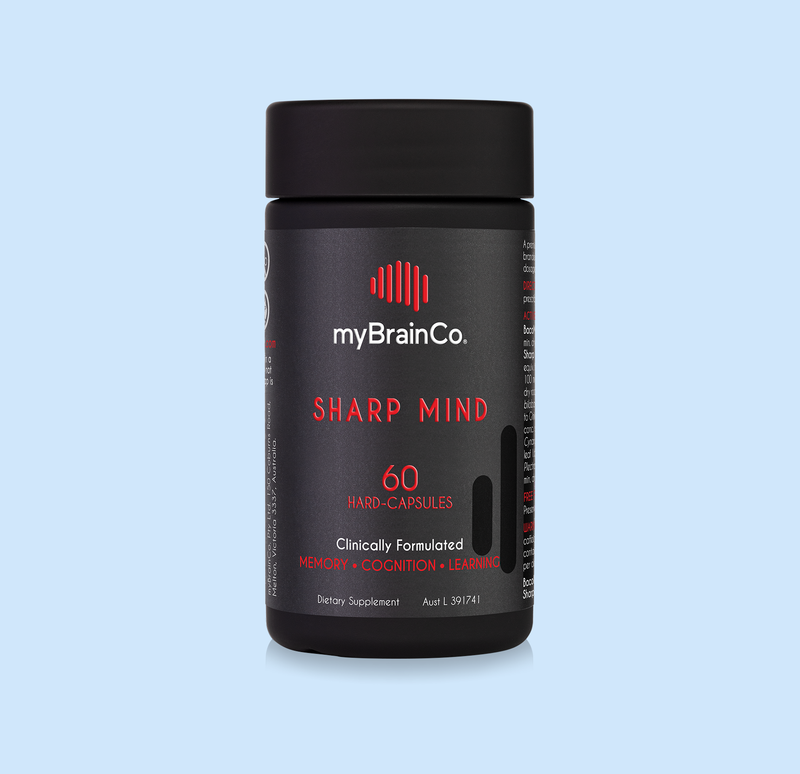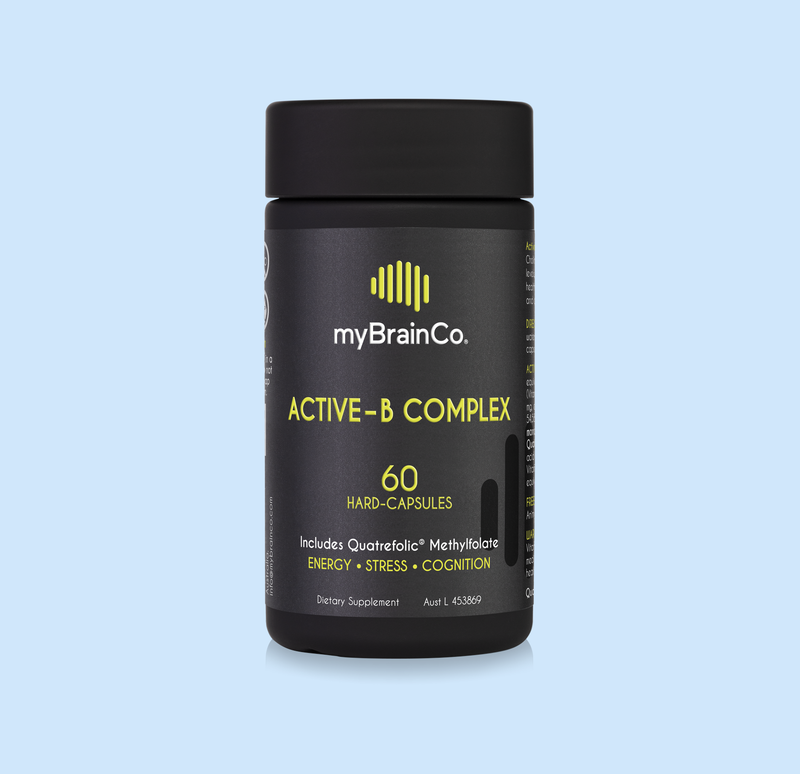If you've been dealing with persistent digestive discomfort, you're not alone. Many people experience symptoms like bloating, abdominal pain, gas, and changes in bowel habits, all of which can place a significant burden on the activities of daily life.
When searching for the cause of these symptoms, one factor worth exploring is "FODMAPs."
Understanding what FODMAPs are, how they affect digestion, and how to identify if they may be contributing to your symptoms may be the missing link you need to improve your digestive woes.
What Are FODMAPs?
FODMAP is an acronym that stands for Fermentable Oligosaccharides, Disaccharides, Monosaccharides, and Polyols. These are types of short-chain carbohydrates that are not fully absorbed in the digestive tract. Instead, they are rapidly fermented by gut bacteria, releasing gas and drawing water into the intestines, which can lead to a number of undesirable symptoms.
- Oligosaccharides: Found in foods like wheat, onions, and garlic.
- Disaccharides: Lactose, present in milk and dairy products.
- Monosaccharides: Fructose, found in fruits, honey, and some vegetables.
- Polyols: Sugar alcohols like sorbitol and mannitol, found in some fruits and artificial sweeteners.
These compounds can be found in many everyday foods, making FODMAPs difficult to avoid without a carefully planned diet.
Why Do FODMAPs Cause Digestive Issues?
When FODMAPs reach the large intestine, they are not absorbed efficiently. For individuals with sensitive digestive systems, this can lead to unpleasant symptoms such as bloating, abdominal distension, gas, and diarrhoea. The fermentation of FODMAPs produces gases like hydrogen and methane, which exacerbate bloating and discomfort. Additionally, these compounds can cause an osmotic effect, drawing water into the intestines, which can lead to loose or watery stools and diarrhoea.
While most people can tolerate FODMAPs without issue, those with irritable bowel syndrome (IBS) or other functional gastrointestinal disorders are more likely to experience symptoms when consuming high-FODMAP foods, and in turn, can find significant relief of symptoms when avoiding them in the diet.
Identifying a FODMAP Sensitivity
Determining if FODMAPs are contributing to your digestive symptoms can be challenging, as symptoms like bloating, gas, and abdominal pain are common to many digestive issues, including IBS, small intestinal bacterial overgrowth (SIBO), and food intolerances. Implementing a low-FODMAP diet is the primary way to identify if you have a sensitivity. This diet involves a targeted rotation-elimination style diet, for example:
- Elimination Phase: Removing high-FODMAP foods from the diet for about 4-6 weeks.
- Reintroduction Phase: Gradually reintroducing FODMAP categories to identify specific triggers.
- Personalisation Phase: Creating a long-term diet tailored to an individual’s tolerance level.
Removing the food-based triggers for digestive symptoms can help calm the digestive problems experienced. As you add them back in, you can discover whether there are specific food items that are having a deeper impact on your gut. The low-FODMAP diet is best done with the guidance of a healthcare professional, such as a nutritionist or dietitian, as it can be challenging to implement and identify triggers effectively without proper expertise or support.
The FODMAP Friendly Certification Program
For those navigating the complexities of a low-FODMAP diet, the FODMAP Friendly Certification Program can be a helpful tool. This globally recognised certification program tests and certifies foods and supplements to determine their FODMAP levels, helping consumers identify products that are safe to consume when following a low-FODMAP diet.
Look for the FODMAP Friendly logo on products; this certification ensures that a product has been tested and meets specific standards for FODMAP levels, making it easier to follow the diet with confidence.
Natural Support for FODMAP Sensitivity
For customers navigating FODMAPs, we have FODMAP Friendly certification for our Gut Repair™, Performance Plant Protein (chocolate and vanilla) and Nootropic Greens™.

Ruling Out FODMAPs Might Be The Key To A Happier Gut
If you suffer from unexplained digestive symptoms, consider ruling out FODMAPs. Working with a healthcare professional to follow a low-FODMAP diet can help identify potential triggers for your digestive disturbances and lead to more effective symptom management. Additionally, using the guides and tools provided by the FODMAP Friendly Certification Program can make navigating this dietary plan easier by identifying certified low-FODMAP products. With the right approach, many people find significant relief from their digestive symptoms.
References
Bertin L,et al. The Role of the FODMAP Diet in IBS. Nutrients. 2024; 16(3):370.
Gibson PR, et al. Evidence-based dietary management of functional gastrointestinal symptoms: The FODMAP approach. J Gastroenterol Hepatol. 2010 Feb;25(2):252-8.
Shepherd, S. J., et al. (2013). FODMAPs: Food components that trigger digestive symptoms in IBS. *Journal of Gastroenterology and Hepatology*, 28(S4), 35-38.
Staudacher, H. M., et al. (2014). Mechanisms and efficacy of dietary FODMAP restriction in IBS. *Nature Reviews Gastroenterology & Hepatology*, 11(4), 256-266.
Rastgoo S, et al. Glutamine Supplementation Enhances the Effects of a Low FODMAP Diet in Irritable Bowel Syndrome Management. Front Nutr. 2021 Dec 16;8:746703.



